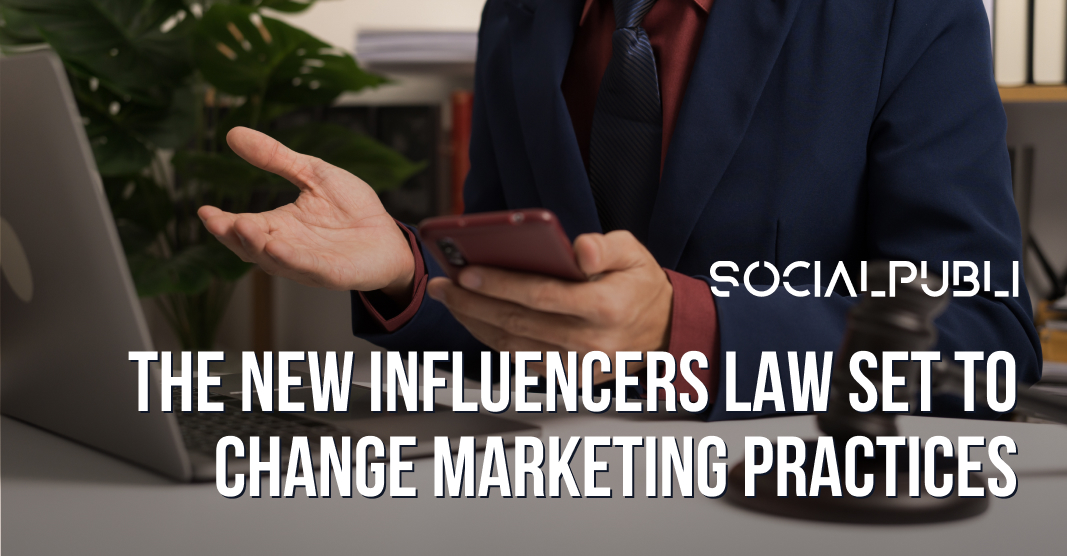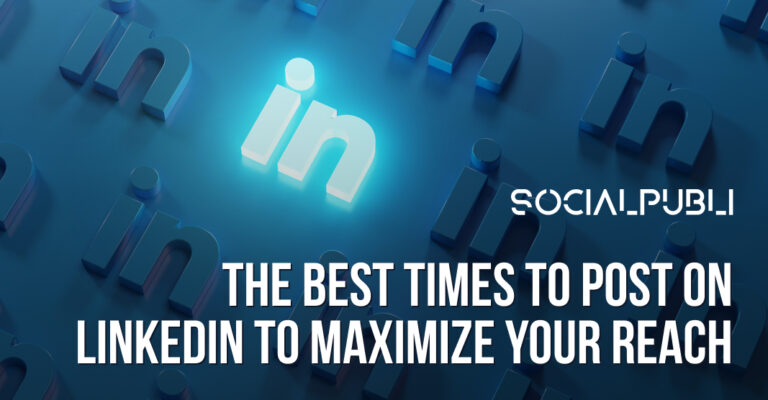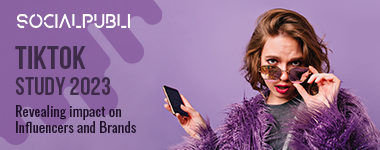The European Union is set to implement a comprehensive new law targeting influencer marketing practices, with the aim of increasing transparency, protecting consumers, and ensuring the fair application of advertising standards across all member states. This influencers law responds to growing concerns about hidden advertising, consumer safety, and the rapid development of the digital influencer economy.
Key Objectives of the Law
-
Improve transparency in advertising and paid promotions conducted by influencers.
-
Enhance consumer protection, particularly surrounding misleading content or unsafe promoted products.
-
Establish consistent rules across the EU to close gaps and variances between national legislation.
Main Provisions
Transparency Requirements: Influencers must clearly label paid promotions using terms such as “advertisement” or “commercial collaboration.” Furthermore, content altered by digital filters or artificial intelligence must be disclosed with statements like “retouched image” or “virtual image.” A European Commission survey found that 74% of consumers had encountered influencer promotions lacking transparency, with 47% reporting difficulty in recognizing paid posts.
Mandatory Written Contracts: All collaborations between influencers, agents, and brands must be formalized in writing, specifying roles, compensation, and legal obligations. These contracts are mandatory regardless of the scale or value of the collaboration, underscoring the seriousness of compliance.
Product Promotion Restrictions: Influencers are banned from promoting specific categories, including cosmetic surgery, high-risk financial products (such as cryptocurrencies), and gambling. Additionally, advertising of restricted products to minors, especially nicotine, is prohibited. The law also addresses the growing phenomenon of “child influencers,” setting standards for protection and regulated income derived from their activities.
Joint Liability: Responsibility is shared: Influencers, agents, and advertisers can be held jointly liable for regulatory breaches or consumer harm, raising the stakes for compliance throughout the influencer marketing chain.
Enforcement and Penalties
Regulatory authorities will monitor compliance, with significant penalties for violations. In some jurisdictions, such as France, which has influenced the EU-wide framework, fines for non-compliance can reach up to €300,000, and even higher for repeated or egregious offenses. These regulations apply both to individual influencers and to companies utilizing influencer marketing in their promotional strategies.
Legal & Regulatory Framework
The new influencer law dovetails with broader EU policy initiatives such as the Digital Service Act (DSA) and General Data Protection Regulation (GDPR). This law is designed to enhance the regulatory landscape and align closely with existing legislation.
Special Topics: Child Influencers
The law introduces a special status for child influencers, mirroring existing protections for minors in media. These protections cover both the exploitation and management of their earnings and mandate parental or guardian oversight for contracts and income management.
Supplementary Content & Further Reading
For more insights into the evolving landscape of influencer marketing regulations, refer to articles on SocialPubli’s blog. For a deeper dive, search for “influencer law” or “influencer regulation” for updates and compliance tips.
Conclusion
The new EU influencers law coming into force in May 2025 marks a major development for digital marketing and social media. By harmonizing rules across the EU, emphasizing transparency, and holding all parties accountable, the legislation aims to foster a safer, more honest environment for consumers and a clearer regulatory landscape for brands and creators. Keep an eye on industry resources for guidance as the law is implemented.












